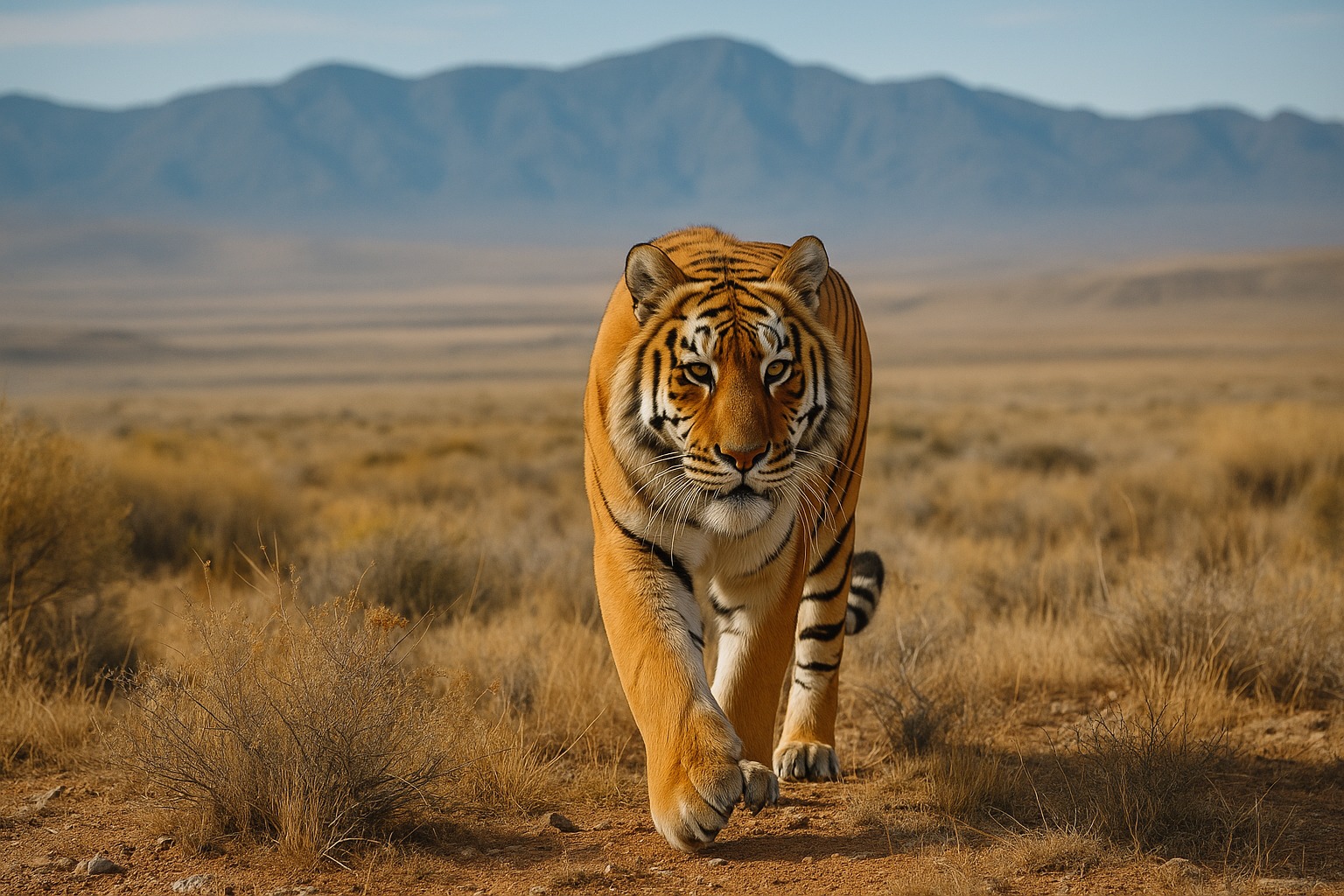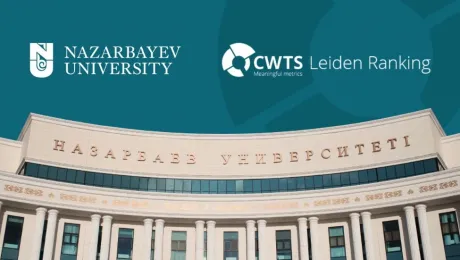In the fall of 2024, Kazakhstan took a historic step in wildlife conservation: two Amur tigers, Bogdana and Kuma, were released into the Ile-Balkhash Nature Reserve after arriving from a wild cat sanctuary in the Netherlands. This monumental event marks the first time in over 70 years that tigers have set paw in Kazakhstan - and it signals the beginning of an ambitious effort to restore biodiversity in Central Asia.
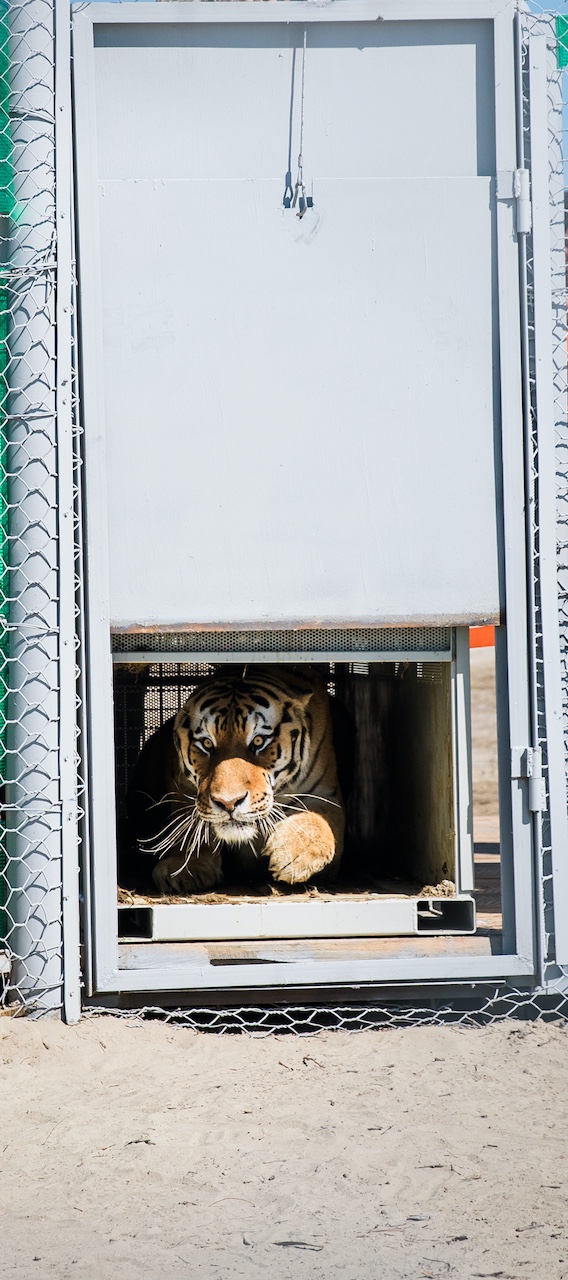 WWF Central Asia
WWF Central Asia
The reintroduction program is spearheaded by Kazakhstan’s Committee of Forestry and Wildlife under the Ministry of Ecology and Natural Resources, with support from the World Wildlife Fund (WWF) and the United Nations Development Programme (UNDP). It’s more than just a return of the species - it’s about rebuilding ecosystems and reconnecting with Kazakhstan’s natural heritage.
A Species on the Brink
By the early 2000s, wild tigers had vanished from most of their historic range, surviving in just 13 countries. Rampant poaching, unregulated hunting of prey animals, and habitat destruction due to irrigation and development had pushed them to the edge.
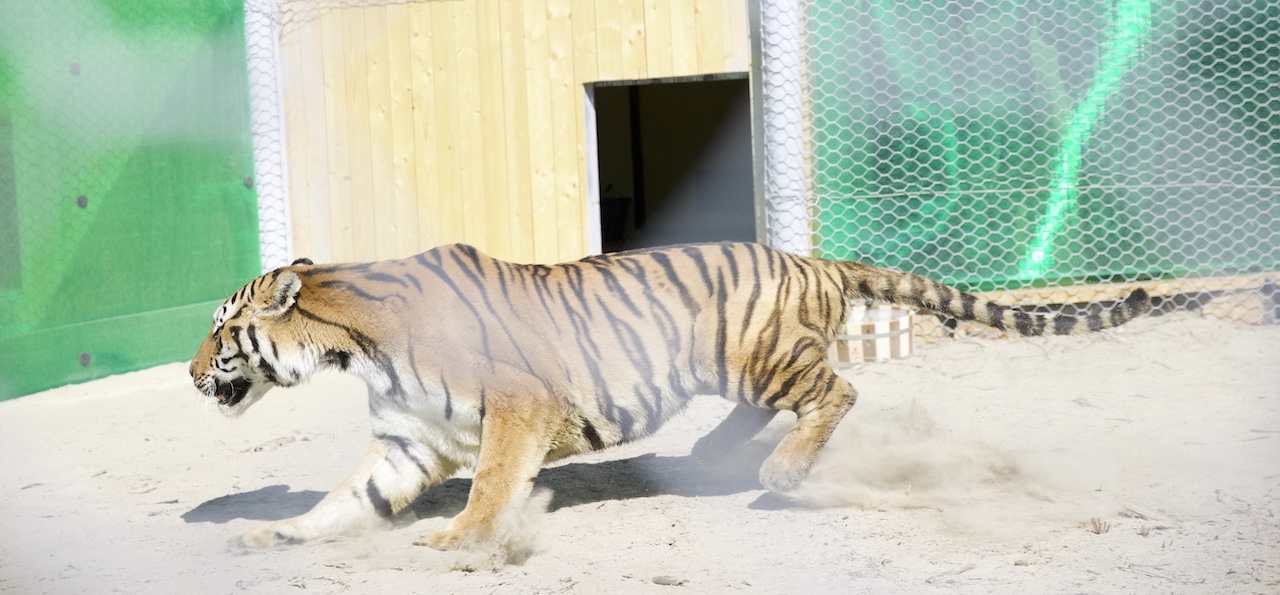 WWF Central Asia
WWF Central Asia
“The catastrophic decline in predator numbers led all 13 countries to sign the Global Tiger Initiative,” project documents explain. That agreement laid the groundwork for the 2010 International Tiger Conservation Summit in St. Petersburg, where world leaders adopted a global recovery plan aimed at doubling wild tiger numbers by 2022.
At that summit, Kazakhstan declared its commitment to bringing tigers back to Central Asia and endorsed WWF’s proposal to restore the species. Seven years later, in 2017, Kazakhstan and WWF signed a formal agreement to launch the tiger reintroduction program.
Presidential Support at the Highest Level
President Kassym-Jomart Tokayev personally endorsed the project and placed it under his direct oversight, recognizing its ecological and symbolic importance.
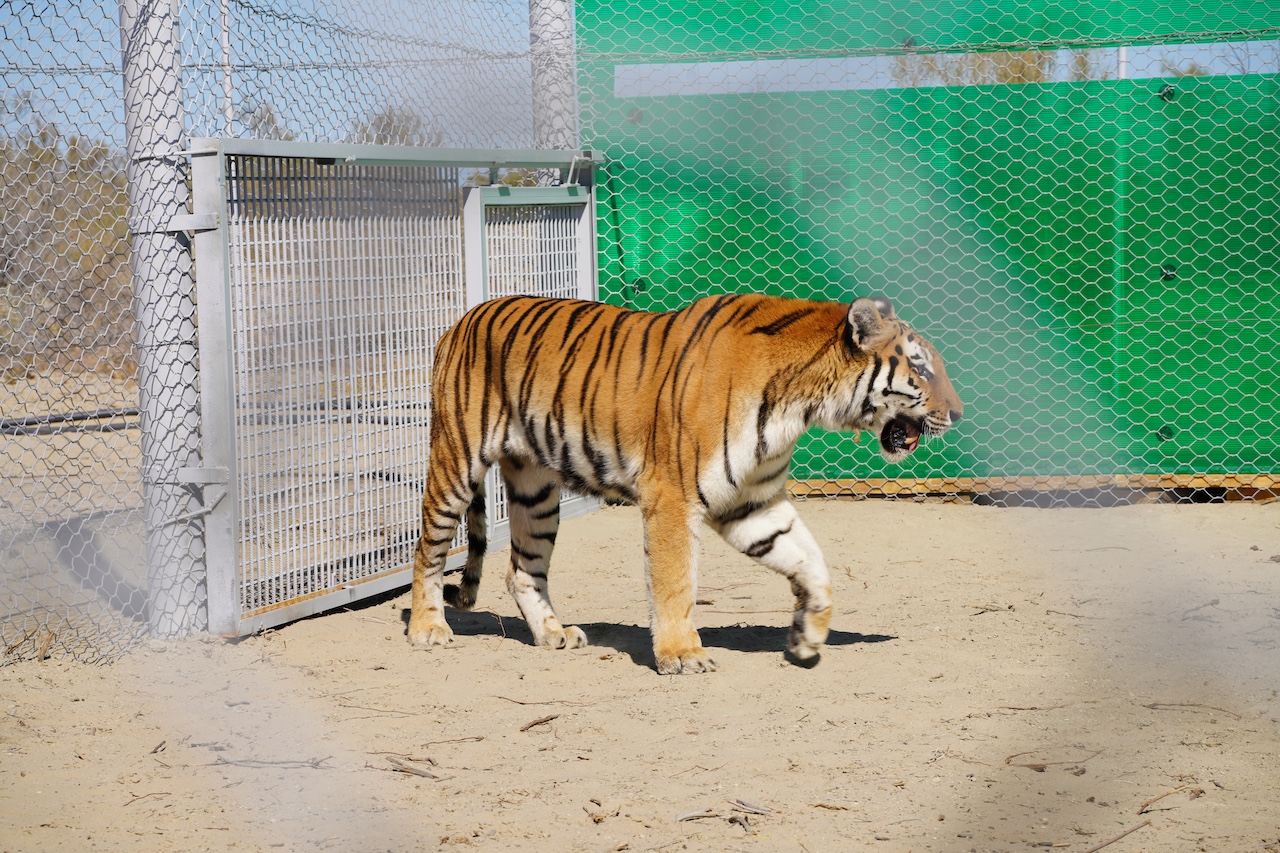 WWF Central Asia
WWF Central Asia
“We have begun restoring the population of the Turan tiger in the Balkhash region. This is a complex task that requires solving a number of issues related to human economic activity” President Tokayev
The project focuses on the southern Balkhash region, specifically the Ili River Delta, where the last tiger was seen in 1948. After extensive ecological studies, experts identified the area as the most suitable location for reintroduction, thanks to its diverse flora, rich prey base, and relatively undisturbed habitat.
The region is home to over 400 plant species - many listed in Kazakhstan’s Red Book of endangered flora - as well as numerous rare animals.
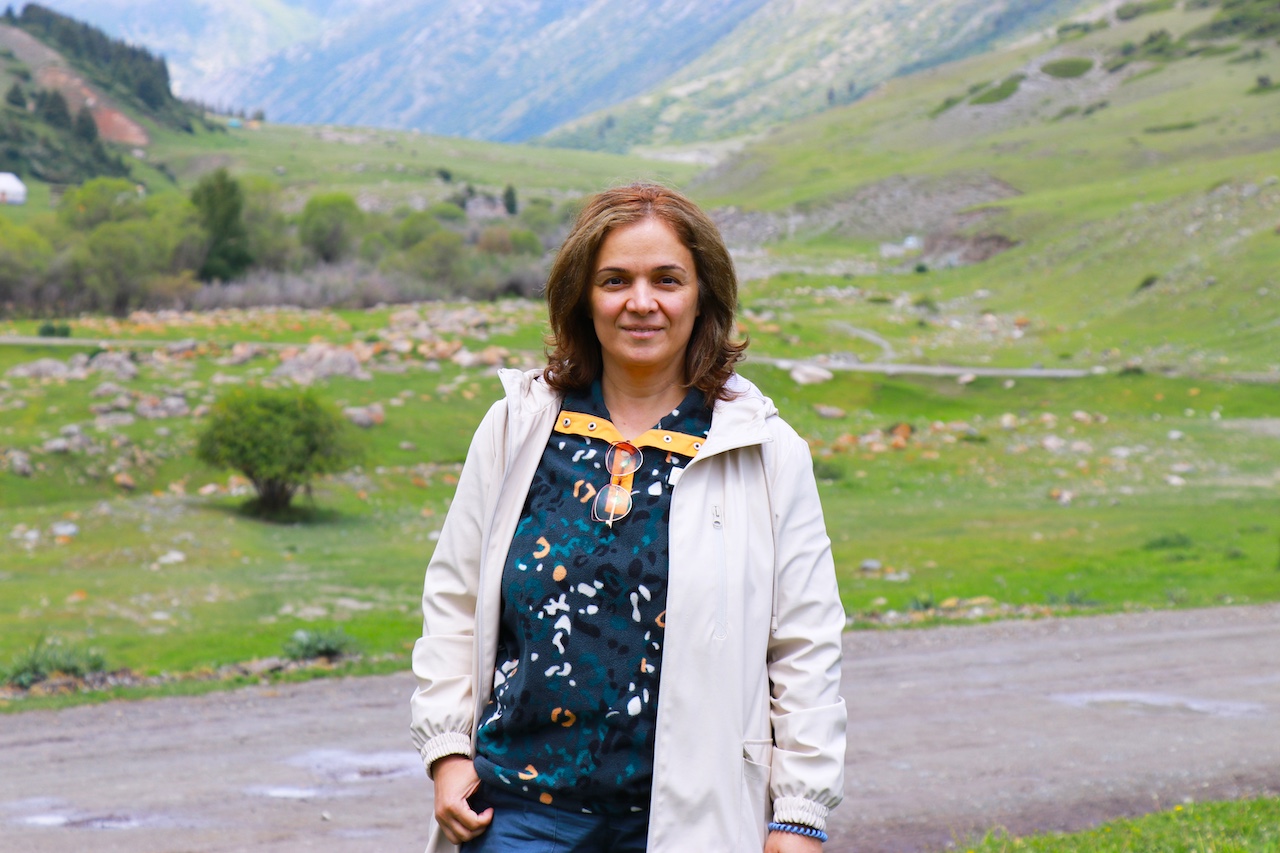 WWF Central Asia
WWF Central Asia
“Based on research involving flora, fauna, ecosystem conditions, and satellite data, the Ile-Balkhash region was selected as the most suitable site for reintroducing tigers. The natural conditions here are favorable for the species” Yekaterina Nakashidze, Director of WWF Central Asia
A New Home for Bogdana and Kuma
To welcome the newcomers, a state-of-the-art enclosure was built in the reserve. It includes a veterinary station, secure fencing, and 24/7 video monitoring. Teams of veterinarians and caretakers provide regular check-ups, monitor the tigers’ health, maintain their enclosures, and ensure round-the-clock safety.
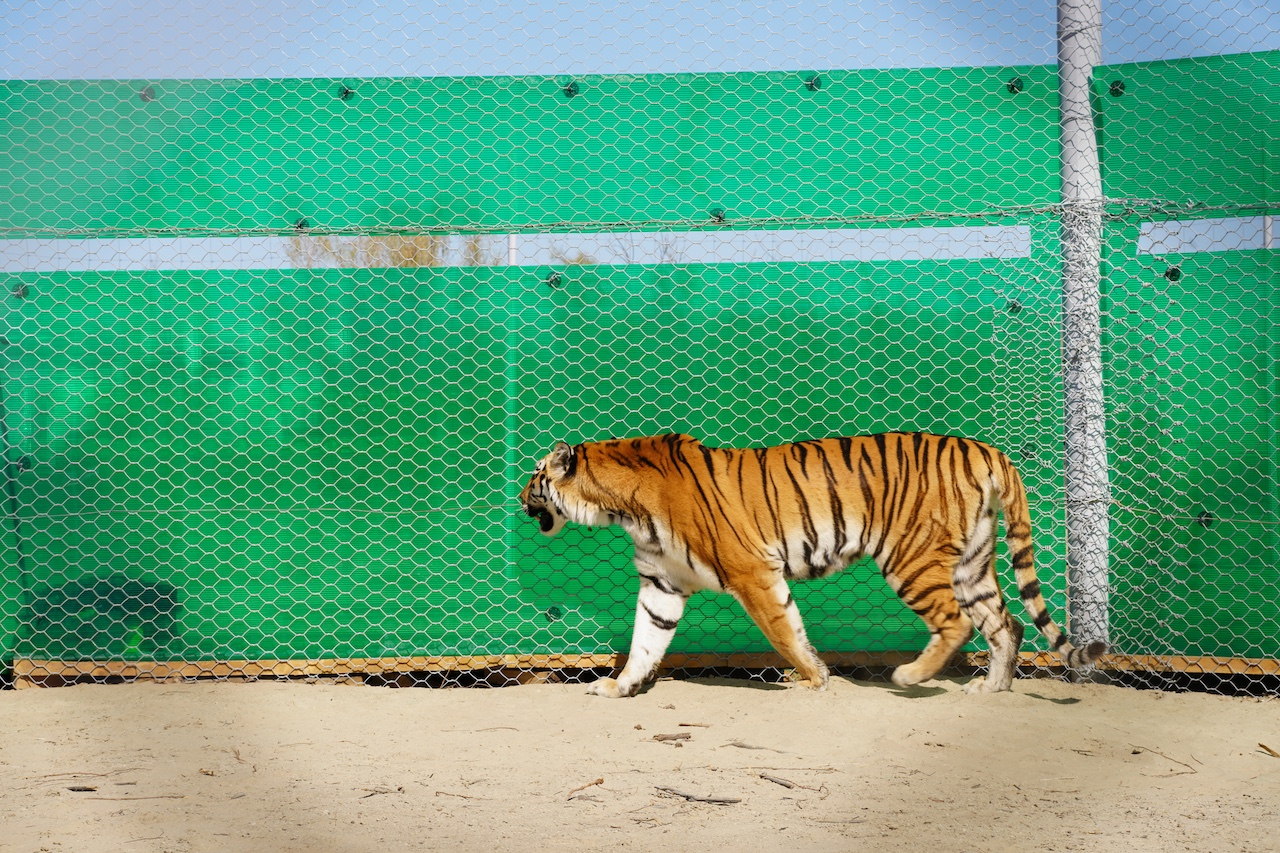 WWF Central Asia
WWF Central Asia
The facility serves as a transitional space where the tigers can adapt to local conditions before eventually being released into the wild. Specialists monitor their diet, behavior, and physical condition in real time using surveillance systems.
More Than Just a Tiger Tale
Reintroducing tigers to Kazakhstan isn’t just a conservation milestone - it’s a bold step toward restoring natural balance. As apex predators, tigers regulate herbivore populations and help keep ecosystems healthy and diverse.
But the project is also deeply symbolic. It signals Kazakhstan’s commitment to environmental responsibility and long-term sustainability. In an era marked by climate change and biodiversity loss, efforts like this resonate far beyond national borders.
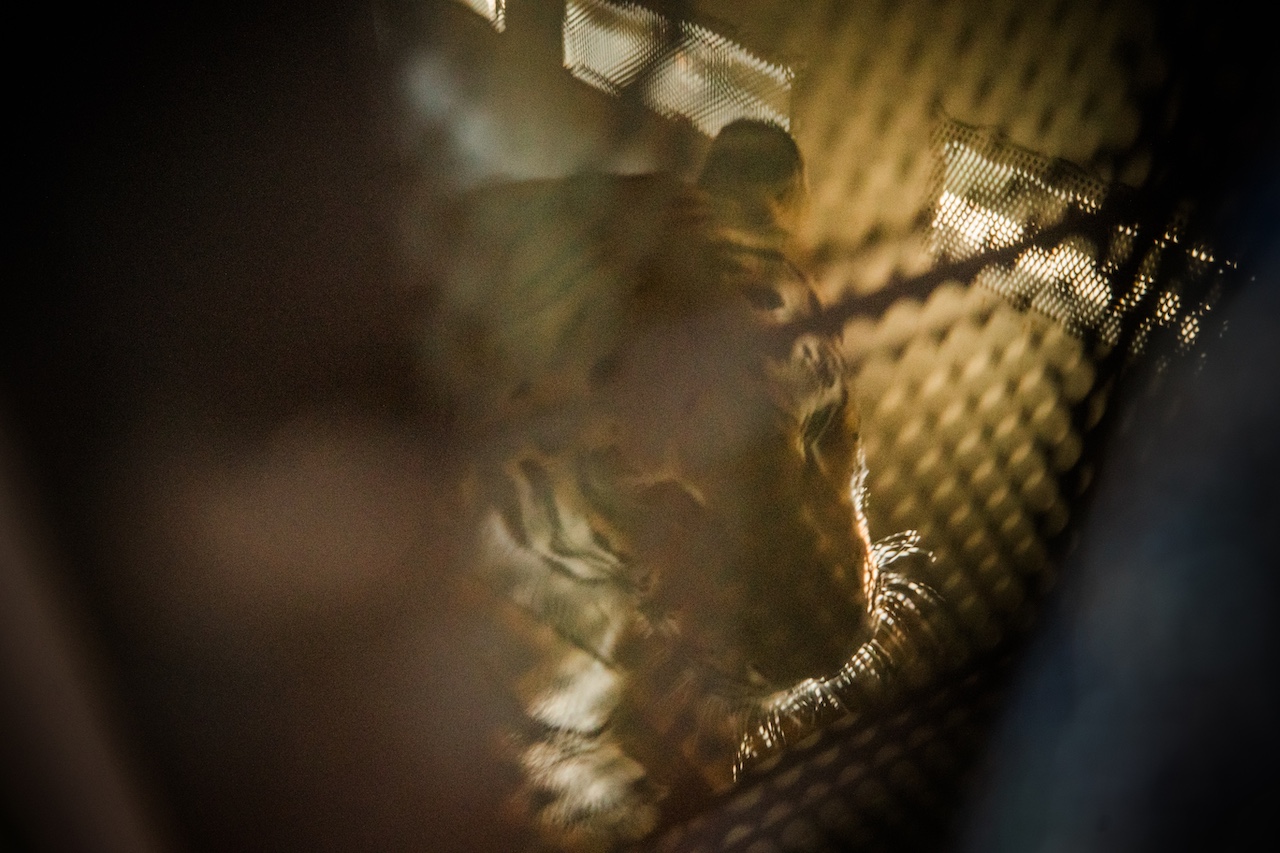 WWF Central Asia
WWF Central Asia
The initiative has already caught the world’s attention.
Kazakhstan President's TV and Radio Complex produced a documentary chronicling the project, offering viewers an inside look at the science, challenges, and people driving this extraordinary endeavor.
 WWF Central Asia
WWF Central Asia
Bogdana and Kuma are more than just majestic animals - they represent a new chapter in Kazakhstan’s relationship with nature. Their return marks not only the revival of a species, but also the restoration of a legacy.
The tigers are home. And with them, hope returns too.


